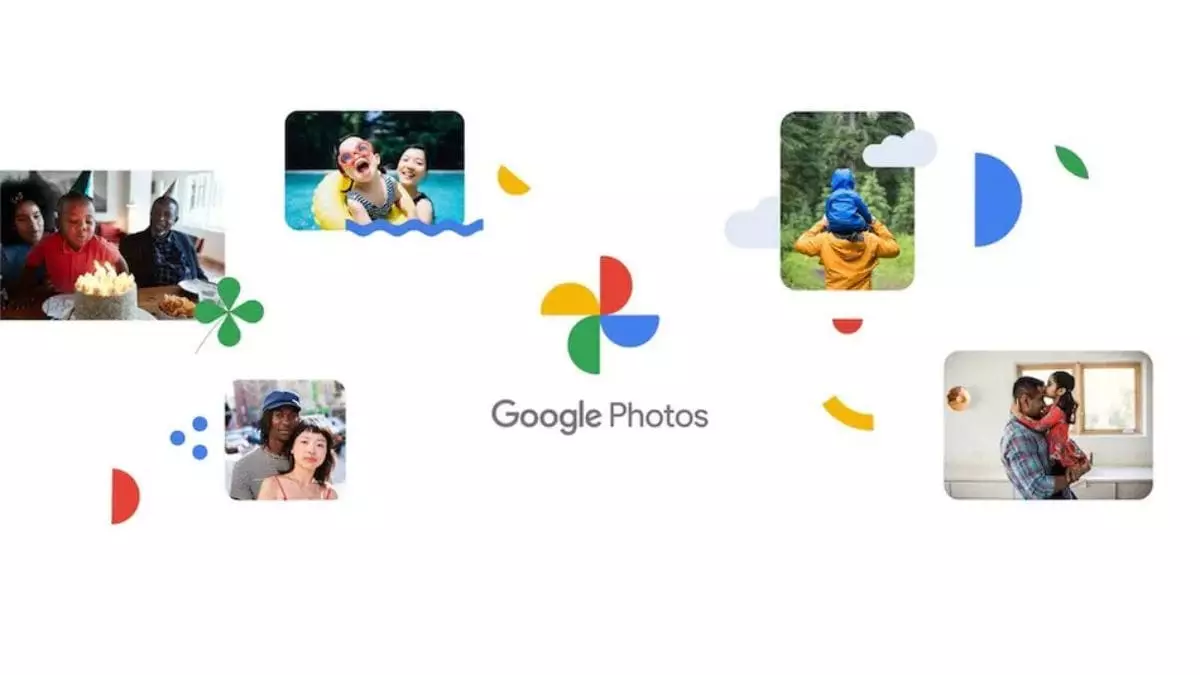In today’s digital landscape, the influence of artificial intelligence (AI) is profound, reshaping not just the way content is created but also how it is consumed. Platforms like Google Photos are becoming increasingly aware of the potential ramifications of AI-generated and AI-enhanced images. The announcement regarding Google Photos’ new functionality, which aims to disclose whether an image was created or modified using AI, highlights the tech giant’s proactive approach to navigating the complexities of digital authenticity. This capability comes at a critical time, as deepfakes—or deceptively manipulated media content—continue to proliferate, raising simultaneous concerns about misinformation and ethical boundaries in media consumption.
Deepfakes represent a significant challenge in the realm of digital integrity. Utilizing GANs (generative adversarial networks), they can convincingly imitate individuals’ voices and images, creating a potent tool for misinformation. A notable case that highlights these dangers involved renowned actor Amitabh Bachchan, who took legal action against a company for using deepfake technology to promote products without his consent. Such incidents underscore the sophisticated manipulation abilities these digital tools possess and the urgent need for transparency in how images are produced and distributed.
In response to these challenges, Google Photos is reportedly developing new identification tags—termed “ID resource tags”—which would embed information regarding the AI processes used on images directly into the software. This innovation is essential for fostering a more transparent digital environment. The feature, although not yet active, may potentially provide insight into the origins of images stored in user galleries. This function was recently identified in version 7.3 of the Google Photos app, though its implementation remains unclear.
The inclusion of tags like “ai_info” and “digital_source_type” suggests that the platform is exploring ways to enhance the user experience by providing detailed metadata. The “ai_info” tag is intended to signify whether AI tools were integral in the image’s creation, adhering to established transparency protocols. Meanwhile, the “digital_source_type” tag could specify the AI model used, perhaps referring to technology from major AI players like Gemini or Midjourney, thereby allowing users to dissect the technical nuances behind their images.
Challenges of Integration
However, integrating this functionality effectively presents a dilemma for Google. One potential method could involve embedding this metadata within the Exchangeable Image File Format (EXIF) data. While this would safeguard the information from being altered or tampered with, it may render it less accessible to users who might remain unaware that this crucial information exists within the metadata. Users would potentially need to navigate deep into settings to discover this data, undermining its intention as a transparency measure.
Conversely, adopting a more visible approach, such as an on-image badge system similar to Meta’s initiative on Instagram, could greatly enhance user awareness of AI manipulation. This would allow immediate recognition of AI-generated content, thus fostering informed engagement with images. Yet, this approach isn’t without its criticisms either—it risks oversimplifying the complex landscape of AI-enhanced media into a binary system of “authentic” and “inauthentic.”
In the end, the key takeaway from Google Photos’ upcoming feature is the importance of user awareness and engagement in the digital age. With the rapid evolution of AI technologies, users need to equip themselves with the tools and knowledge necessary to navigate the intricate world of digital media responsibly. Google’s endeavor could set a precedent for greater transparency and encourage other platforms to adopt similar measures. As consumers, we must hold tech giants accountable for fostering an ecosystem that values authenticity, providing safeguards against the shadowy corners of media manipulation. Ultimately, informed users equipped with the right tools might be our best defense against the perils of deepfakes and AI-driven misinformation.


Leave a Reply